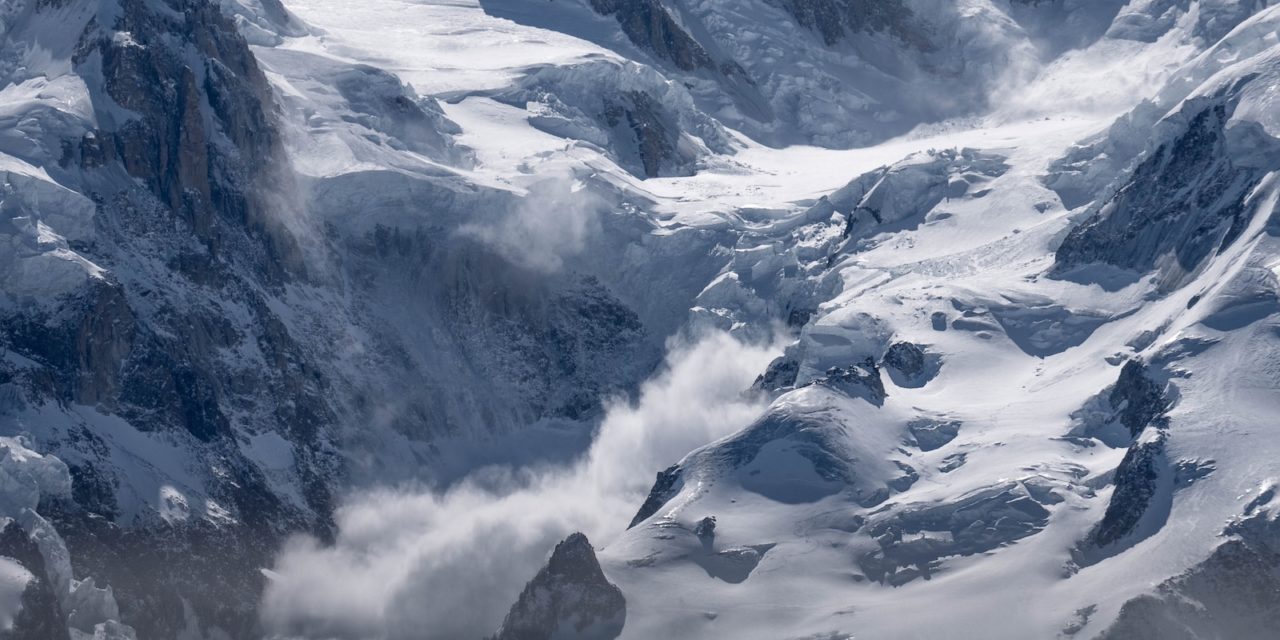 The full impact of a deadly avalanche striking a Himalayan mountain pass in northeast India this week is unknown. Still, rescue operations for climbers and trekkers affected by the snow slide continue. “Avalanches are one of the deadliest things that can happen on a mountain, and they’re one of the greatest risks a climber or trekker can face,” said Dan Richards, CEO of Global Rescue. “Preparing for them is a key element of the Global Rescue operations team activity before every deployment to the Himalayas.” Global Rescue, the world’s leading provider of field rescue and medical evacuation services, has medical and rescue experts for on-the-ground rescue operations in Nepal – nearly 300 mi/476 km from the site of this recent avalanche.
The full impact of a deadly avalanche striking a Himalayan mountain pass in northeast India this week is unknown. Still, rescue operations for climbers and trekkers affected by the snow slide continue. “Avalanches are one of the deadliest things that can happen on a mountain, and they’re one of the greatest risks a climber or trekker can face,” said Dan Richards, CEO of Global Rescue. “Preparing for them is a key element of the Global Rescue operations team activity before every deployment to the Himalayas.” Global Rescue, the world’s leading provider of field rescue and medical evacuation services, has medical and rescue experts for on-the-ground rescue operations in Nepal – nearly 300 mi/476 km from the site of this recent avalanche.
Rescue operations after a significant snow slide are inherently more dangerous since the chance of further avalanches is elevated, according to Dan Stretch, a Global Rescue operations manager based in Nepal during the Mount Everest climbing season and has coordinated hundreds of evacuations and crisis response operations.
“Additional avalanche risk is a factor. We have to determine the safety for a ground or airborne rescue that will take place where we know the snow and ice are unstable. Avalanches can make the terrain around climbers and trekkers less accessible to rescuers. We receive reports from local expedition groups. Beacon technology helps recover climbers trapped in the snow. Everyone works together,” Stretch said.
Avalanche forecasting provides up-to-date avalanche conditions but is not as reliable as weather predictions. Climbers communicate with their expedition provider about the avalanche risk during a climb. Ascents and descents are attempted during the time of day when avalanche risk is lowest. Mountaineers typically carry an avalanche transceiver, probe and shovel whenever possible when they start their expedition,” Stretch said.
In October 2022, a massive avalanche swept Mount Manaslu, striking the mountain’s base camp. Fortunately, there were no fatalities. Later that day, another avalanche on the same mountain tragically took the life of a Nepali guide. A few days later, a deadly avalanche struck a group of mountaineers training on Mount Draupadi ka Danda II.
Written by: Bill McIntyre



















